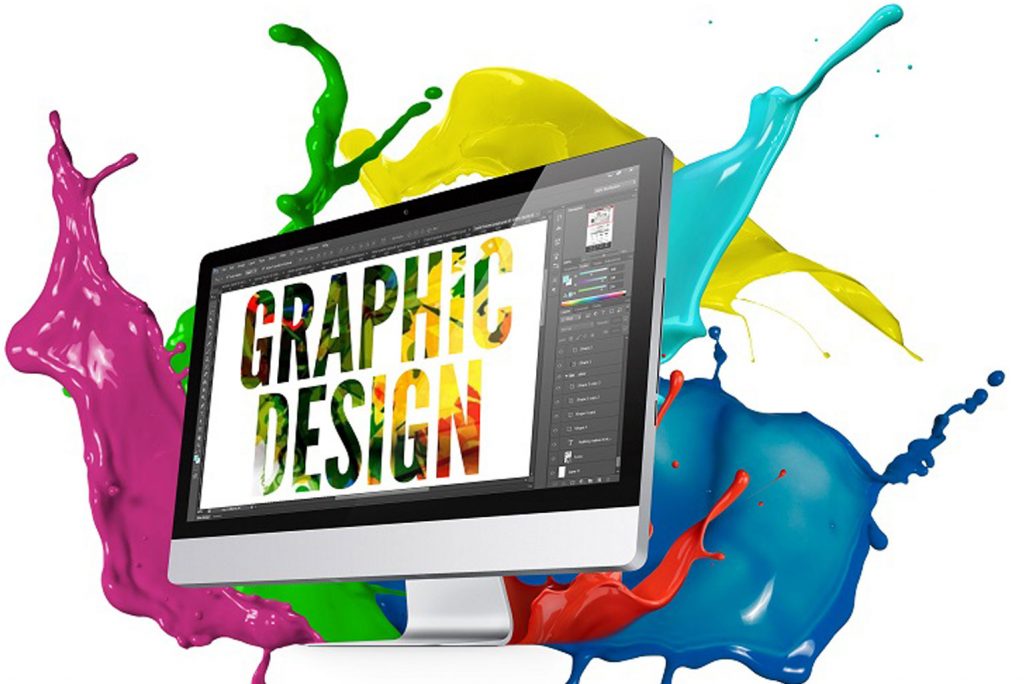Your logo communicates the visual identity of your brand. It is the quintessential representation of your company’s name and image. With such a responsibility, it is therefore worthy of your thought and attention so that its primary role to engender a sense of trust and professionalism is achieved.
Today I offer three principles that have guided most of my designs. I say ‘most’ because there are times when a client is insistent on requesting a change that may go against your best recommendation. At the end of the day, strive to achieve a good balance between honoring the client’s objectives while provided them with a quality design that would meet their expectations and allow them to stand-out from the crowd. With that said, let’s have a look at these tried and tested principles.
Principle 1: Keep it Simple.
Modern graphic design thinking promotes the school of thought that “less is more.” In other words – keep it simple. But why is this true? I submit that it relates to a well established precedent that your logo should be memorable. Oftentimes the greatest impact is felt from simple imagery that leaves a lasting impression on our minds. When that can be achieved visually, you have taken a critical step into the much sought after domain of brand recognition.
Principle 2: Make it Scalable
This one is a favorite of mine. In simple terms, a logo should look good whether it is displayed big or small. Take a moment to think about any of your favorite logos. Does it look good on a billboard? How about on a company shirt pocket or a pen? I always pose this question to clients as a means to guide my rationale of design approach. The more scalable the design is, the greater the versatility for its usage on a variety of mediums. Keep in mind that these principles are not mutually exclusive. The prevailing thinking is that designers should aim to encapsulate all principles as much as possible.
Principle 3: Balance
This principle is so evident in nature and even the untrained eye can discern it. It may not be clearly obvious, but one can “feel” it. If you’ve ever combined two colors in an outfit and felt that it doesn’t look right, even though you know in theory the colors are complementary to each other, then you should know what I am talking about. There are subtle nuances in design that can make a big impact when a sense of balance in achieved. A visual balance promotes a sense of stability, and balanced colors can show cohesion and harmony.
When one considers the usage of logos in this tech era, it is worth making a careful effort to ensure that your brand reflects the ideals and image of the business. Simplicity, scalability and balance are design principles that make a noteworthy contribution to the creation of strong symbolism that can be emblematic to the vision you wish to communicate with your audience.


